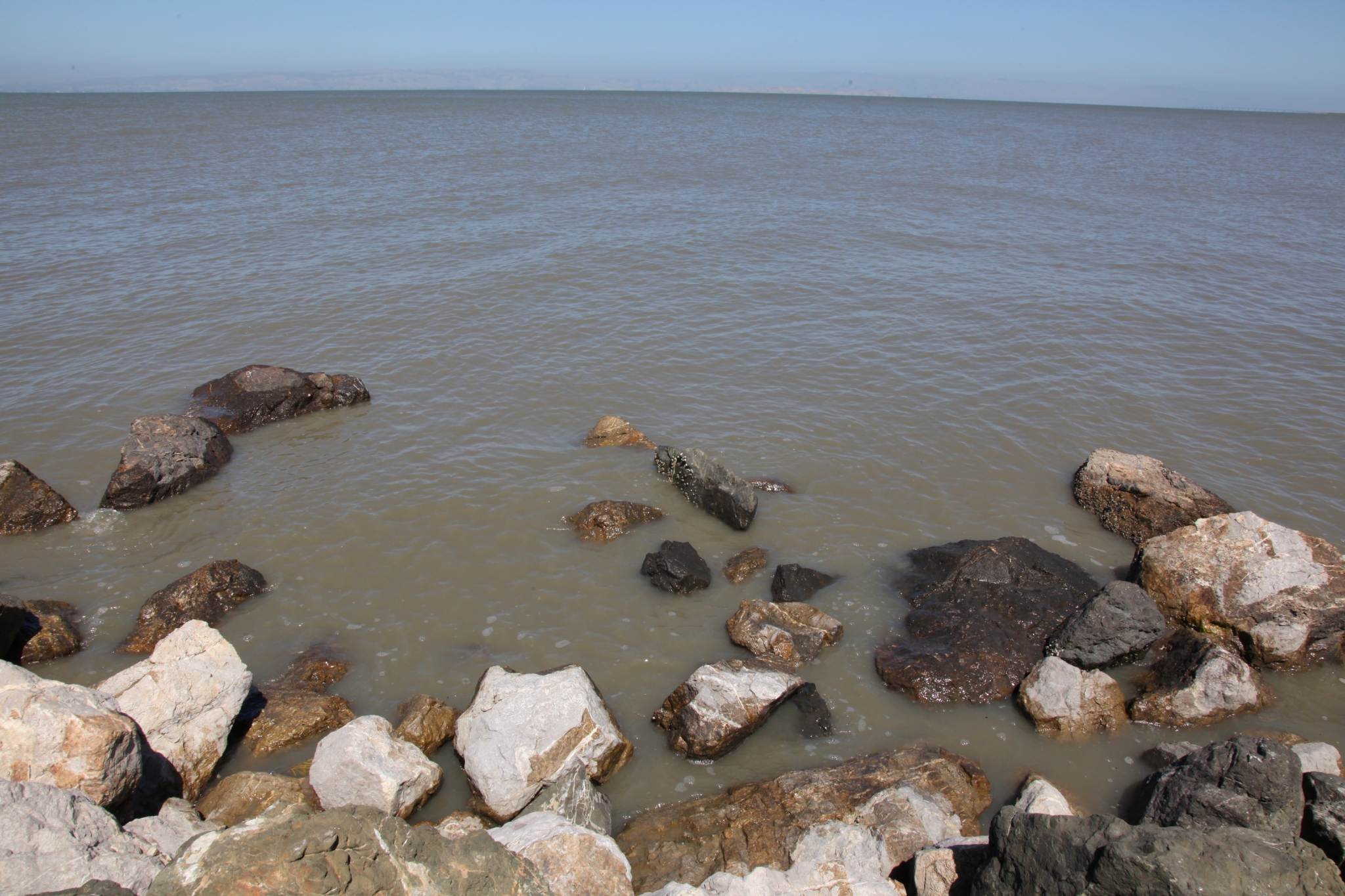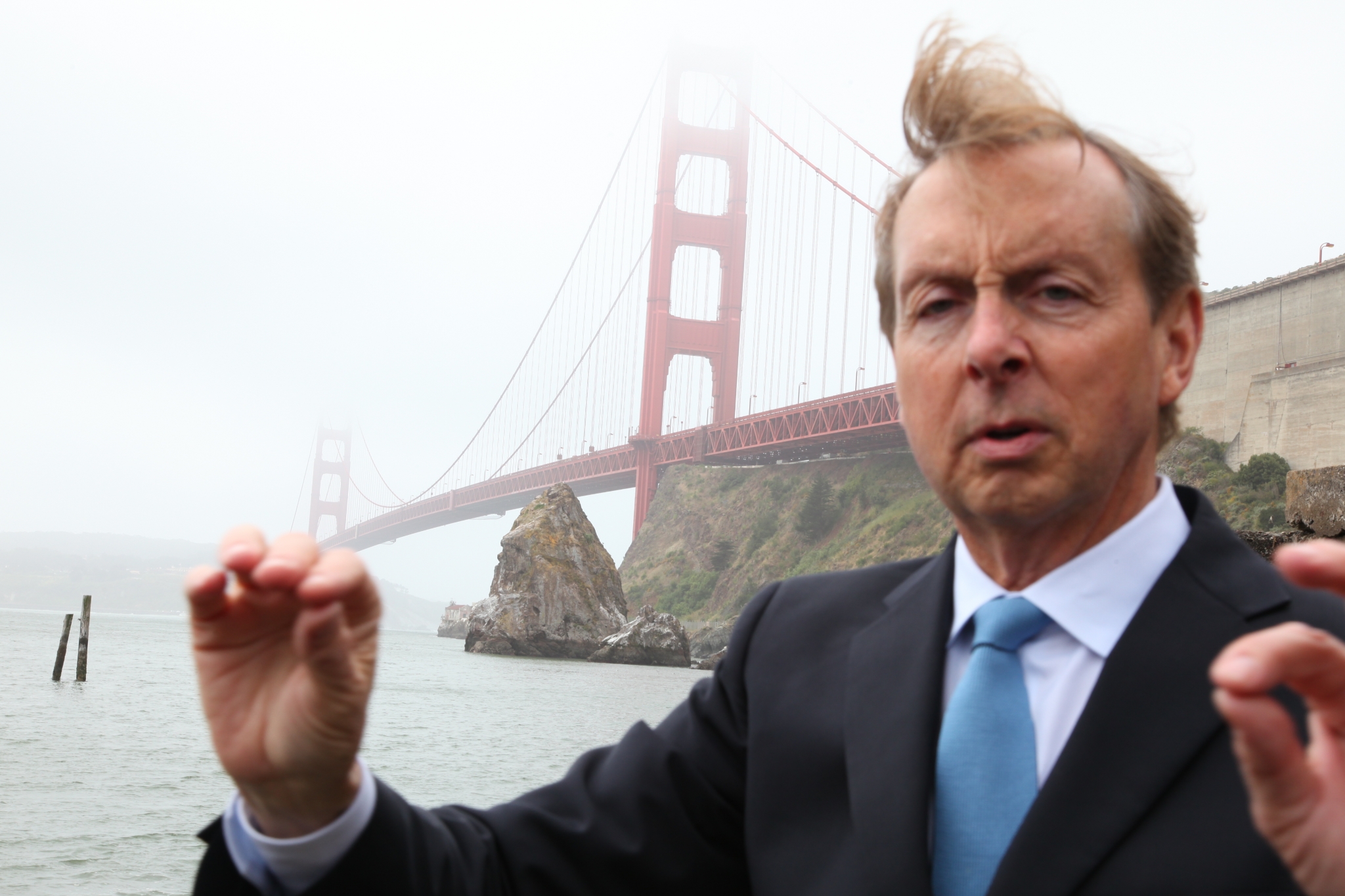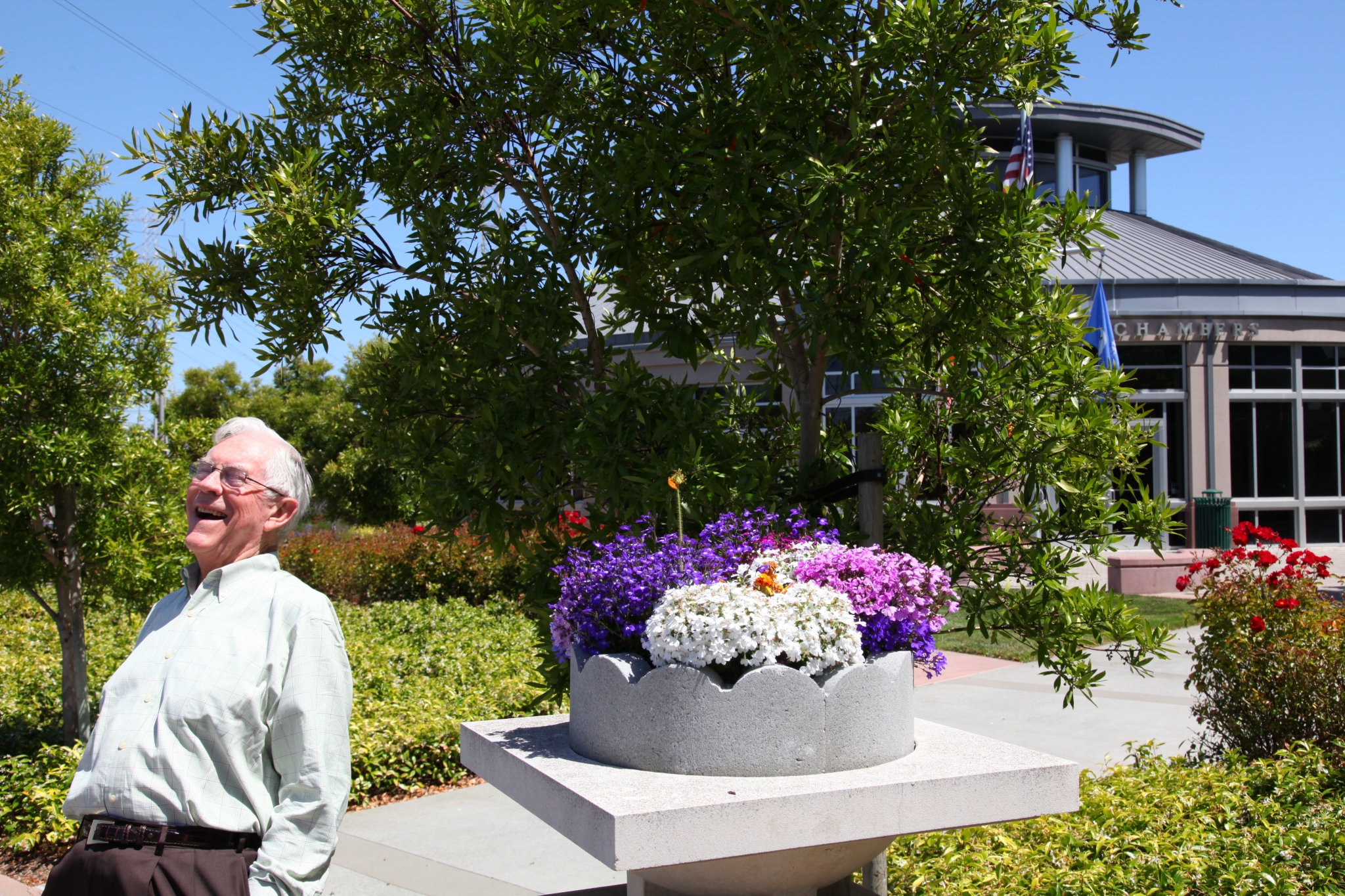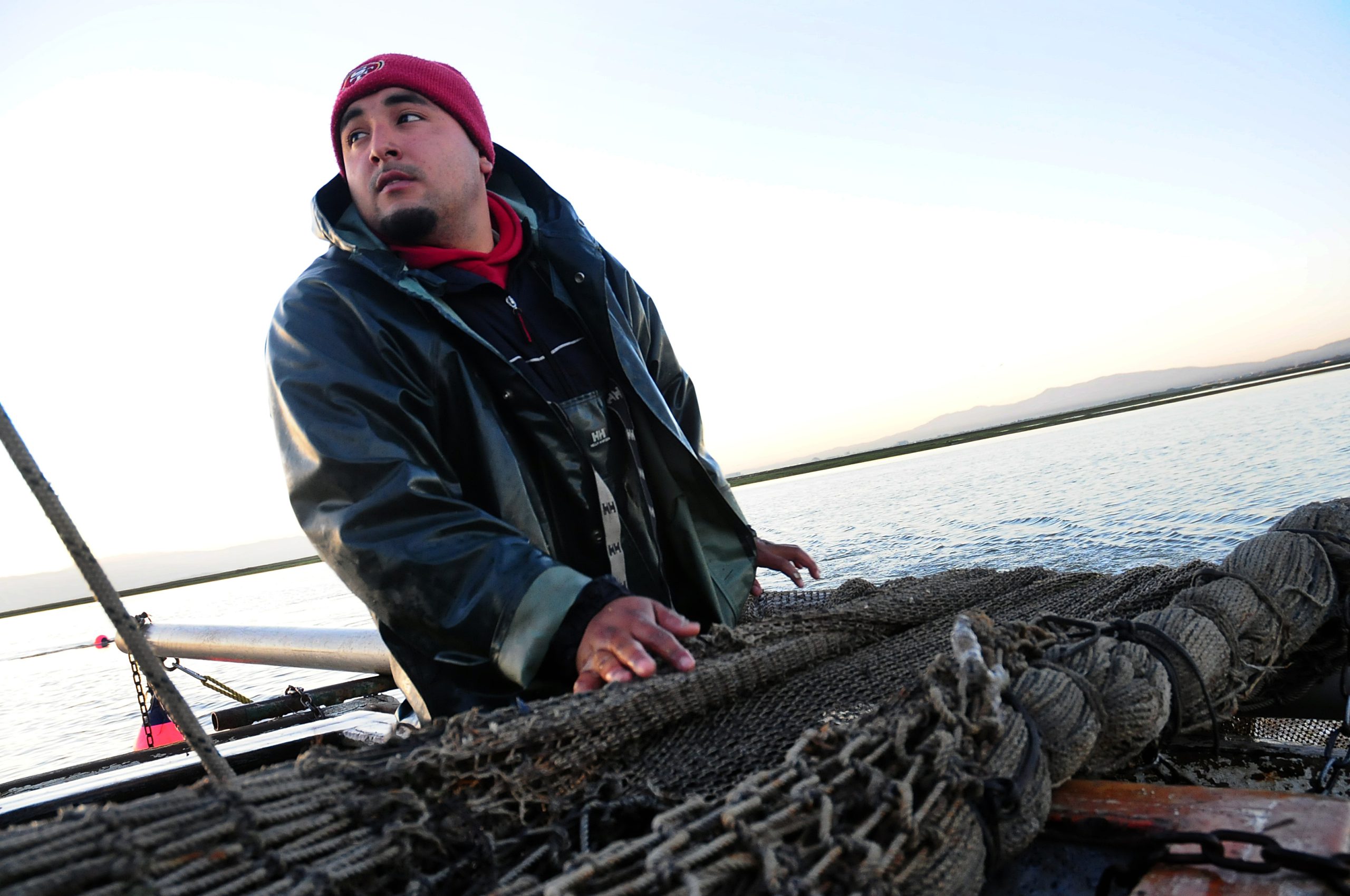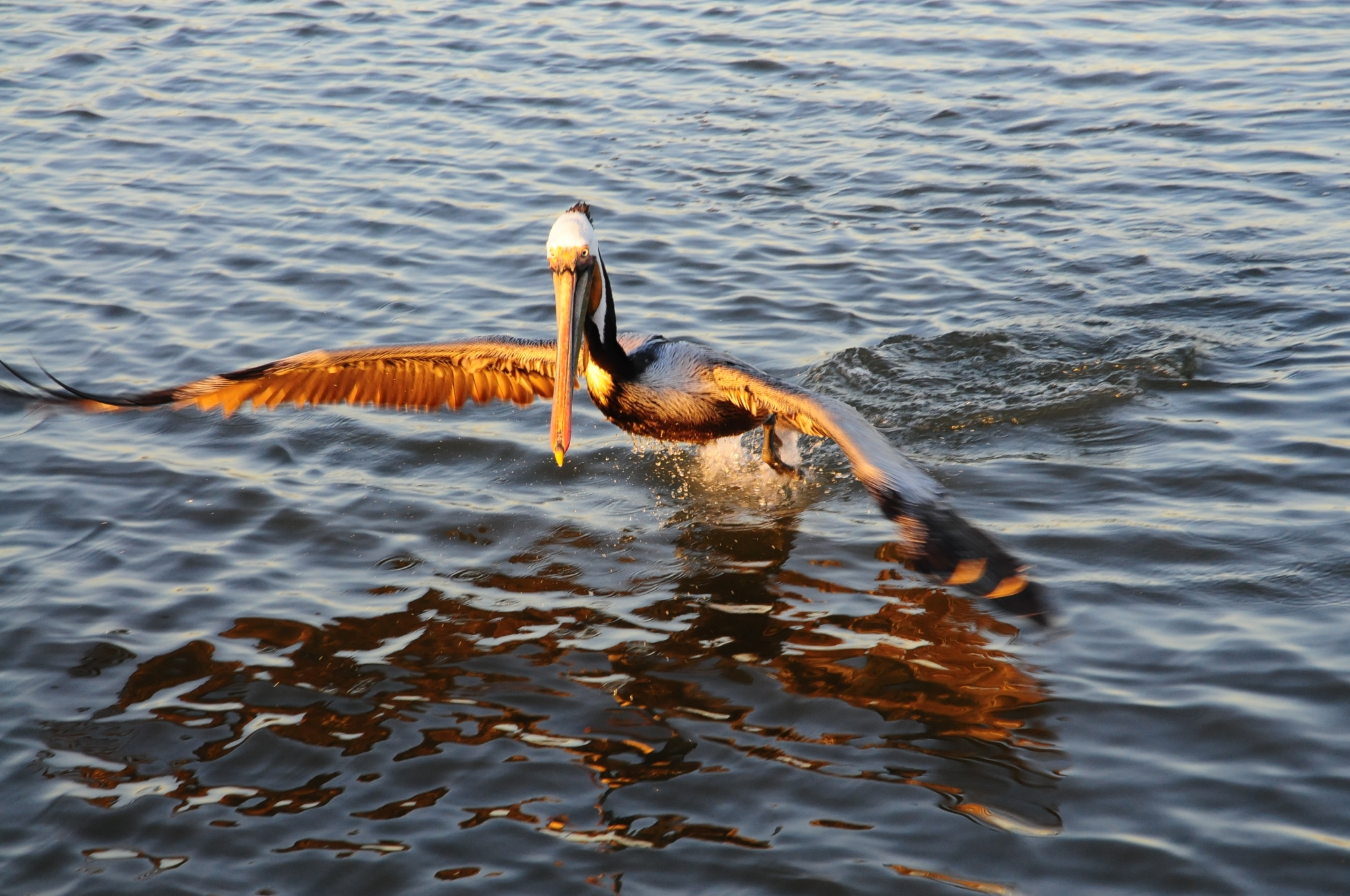The Webstory Series
The webstories were created for the websites of radio stations, news organizations, museums and environmental groups. Please enjoy them. And spread the word. Highlight them on your website, on your facebook page, in your blog and beyond. You can help build public awareness by sending these webstories to your friends via email, facebook, twitter and other social networks.
Beside the Tide
Sea level rise is an effect of global climate change. How does this work? As oceans absorb heat from carbon pollution, the waters expand. As glaciers melt, more water pours into the oceans. Climate disruption causes higher tides and storm surges. The result: more and more flooding for cities like San Francisco.
Hard Choices
While we must stop adding greenhouse gases to the global atmosphere, conservation and green technologies can no longer completely halt the impact of climate change on people, wildlife, and the lands and waters we depend on. Adapting to climate change is also necessary. This story is about creative solutions to deal with sea level rise for cities at the waters’ edge.
Rooted at the Water’s Edge
Steve’s pickup truck bumps along a narrow dirt road running along the top of a levee. This is Tyler Island, in the San Francisco Delta, where Steve is a third generation farmer; his son is being raised as the fourth. But Steve’s land lies 20 feet below sea level and the levees protecting it from the surrounding waters are threatened by sea level rise. For Steve, retreat is not an option. He has a family legacy to preserve.
Mortgaging the Future
But rising seas, higher waves and storm surges, brought on by climate change, threaten the levees in front of this city. T. Jack Foster Junior, who built this town, paints a rosier picture of the area’s future.
The Flood Next Time
Chuey Cazares is part of a large extended Chicano family, living in the tiny hamlet of Alviso. Nestled in between salt ponds, on the southern tip of San Francisco Bay, Alviso is at risk of flooding from both the creeks above and the Bay below. Converting the salt ponds back to their original wetlands could save this town.
Tide Ride
San Francisco Bay is the largest estuary on the Pacific coast of the Americas, and it is a place of great biological diversity. We journey underneath its surface to swim with the harbor seals; we look overhead at a million migratory birds; and we explore marshlands along its shores.
Praise for RISE:
RISE brings the complexity of climate change down to the scale of individual people and a specific watershed. The series is a fine example of passionate, informed storytelling that confronts a critical global issue head on. Beautifully produced!
